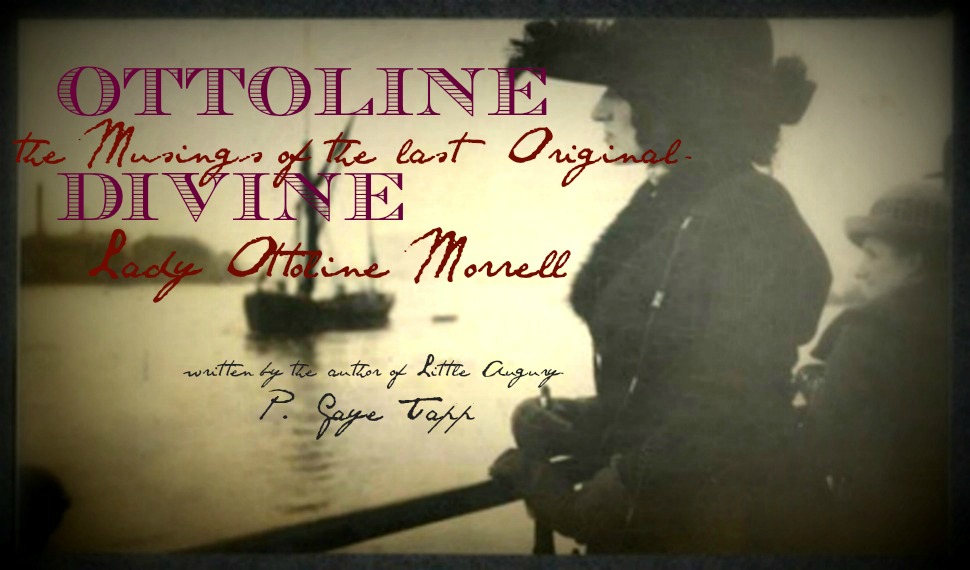One of the many men that would be attracted to-and attract our rare bird Ott-was Dr. Axel Munthe.
as the DocTor would have looked around the time of his Affair of the Heart with Ottoline
Axel Munthe, was a fashionable Swedish doctor, who travelled to Capri in the late 1890's to create his own heaven on earth. He acquired the ruin of San Michele chapel near the mountain village of Anacapri-renovating the buildings on the property and acquiring antiquities to fill the terraces and the buildings of the property with.
a red granite sphinx attests to the strength of Munthe's will to restore the Villa.
the Sphinx Perched along the villa's edge
After meeting Munthe in England, he invited Ottoline to Capri. Ottoline and her stalwart companion Hilda Pennant arrived at Munthe's villa after an arduous journey through Italy. Shock waves went through the already possessive hilda when she realized Ottoline's deception in luring her along as
chaperone to be for the pair of lovebirds. Ottoline's description of the doctor had led Hilda to believe the doctor was a decrepit old man and indeed he was not!
rather- he was A fascinating satyr in appearance with an alert figure.
the Satyr later in Life
The Doctor was about 40 at the time the pair met
Munthe's Villa San Michele
Ottoline describes Munthe and how their love affair began:
then i knew he loved me. i had been filled with the spiritual and transcendental desire to pour love into this man, had poured out everything in mu heart to him... mingles as much as one heart full of love can be poured into another, the physical side of my love was barely awakened enough to give the abandonment of the heart with complete and passionate warmth... I was sure he loved me, but lurking underneath was the instinct that he would not undergo the ordeal of facing my family to win me.
The pair was able to elude steadfast Hilda and left her in Naples on a jaunt and returned to San Michele for a few days alone.
Ottoline-did not reveal whether her virginity had been breached during her days alone with Munthe.
Obviously in LOVE-how much so- and how far the affair went-- our Lady Ottoline does not reveal in her memoirs. Her implication is that she was so very religious at the time-she resisted, All. Ottoline's biographer Miranda Seymour writes
no hard evidence can be offered, but it seems clear that Ottoline slept with Munthe.
Ottoline's flowery prose in her memoirs would indicate it was so
-however that's just why I am skeptical-more on Munthe attempts to woe a Lady in part ii of AXEL.




































